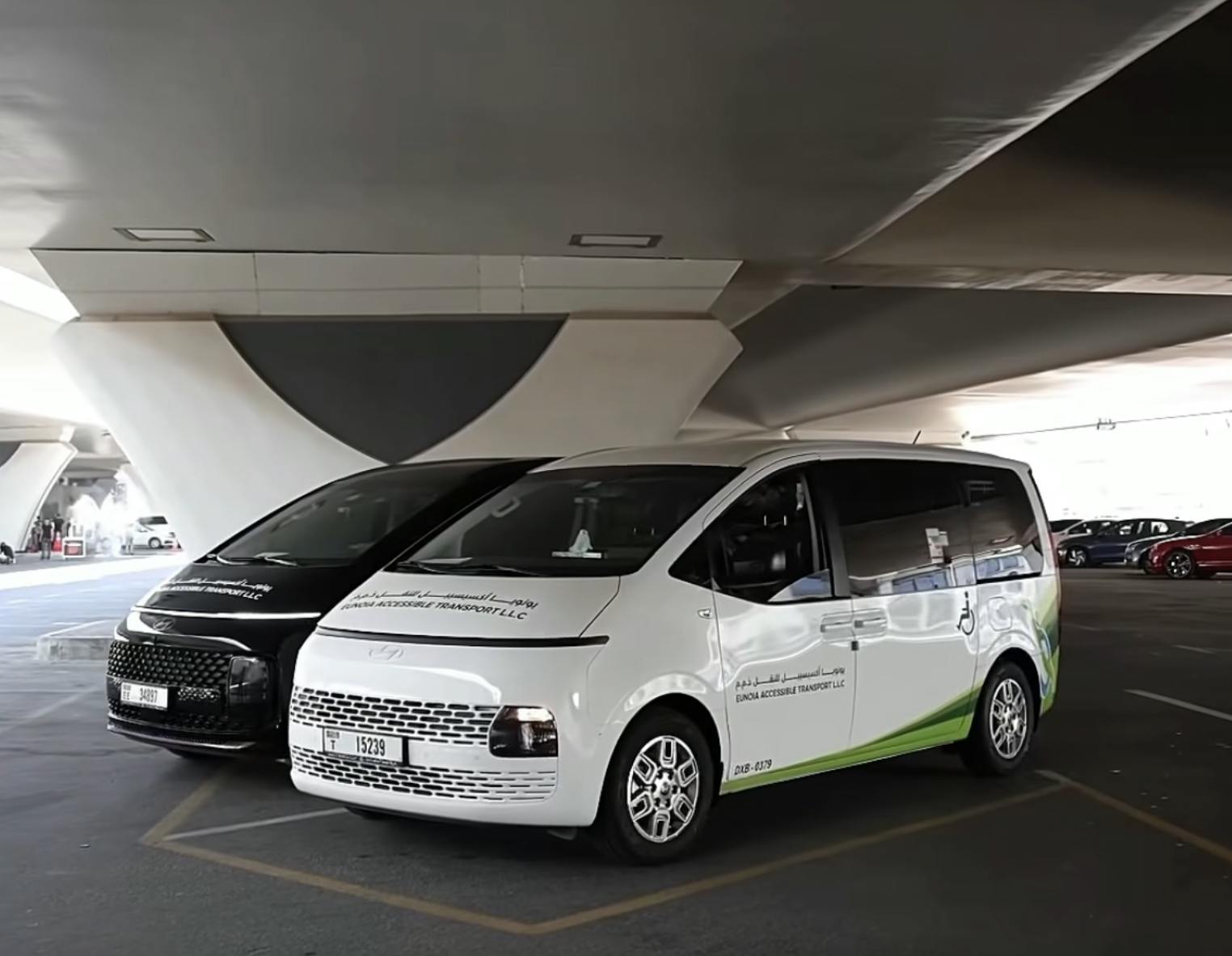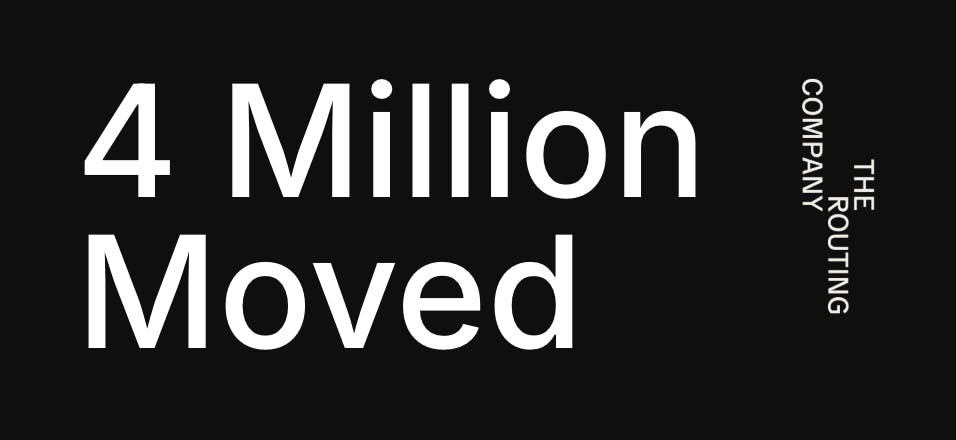
FTA adds $5 million to ICAM program and reiterates availability of funding through four more federal grants
As more transit agencies see benefits from on-demand services, long-term funding ensures programs can operate into the future. The FTA’s latest funding updates aim to bridge service gaps and unlock on-demand services.
A brief recap of on-demand transit
Innovation in transit has never happened as fast as it is occurring now. The pace of technology adoption even over the past five years far surpasses that of the past several decades. As such, federal funding programs have evolved alongside the emergence of technology-driven transit solutions, including those powered by on-demand.
Over the last few years, we’ve seen a number of programs released from the Federal Transit Administration (“FTA”) that have helped transit agencies explore on-demand transit by deploying pilot projects.
But, many agencies need guidance on how to sustainably extend and expand on-demand services, and how to adapt them to new and commingled services – such as ADA compliant on-demand paratransit.
The FTA recently did just this, with two announcements lending guidance on how to align with local governments, seek and secure supportive funding from new and existing programs, and make innovative technologies available.
Read on to learn just how your agency can create, expand, pay for, and deploy these responsive (on-demand) technologies in sustainable ways.
The FTA adds $5M in funding to the Innovative Coordinated Access and Mobility (or "ICAM") program
When it comes to the first time deploying a new technology for accessible services, using a pilot to refine objectives and test implementation is a great idea.
When on-demand transit was first emerging, we saw a proliferation of one-time funds for pilot projects. As a result, agencies and local governments sometimes have overlapping but unconnected programs, which can cause riders confusion.
To that end, the FTA’s newest round of $4.7 million in funding for the Innovative Coordinated Access and Mobility Program (or “ICAM”) has a stated and laudable goal of “building partnerships among health, transportation and other service providers” and improving “the coordination of transportation services and non-emergency medical transportation services.”
The reality of having different funding streams and different government jurisdictions shouldn’t remain a barrier for riders who need to access public transportation for critical services, like medical transportation. ICAM seeks to change that.
Click here to learn more about ICAM, and contact us at move@theroutingcompany.com to learn more on how we can support your application for funding.
FTA formula funding uses clarified
One of the biggest challenges with deploying pilots – even when they are deployed successfully – is ensuring sustainable funding that supports the extension and expansion of pilot projects (transitioning them into ongoing transit service).
In September, the FTA released a Dear Colleague letter calling attention to and clarifying that several existing federal formula programs can be used to provide paratransit service to eligible riders, including service on a real-time basis and/or that allows for intermediate stops. The programs include:
- Section 5307 Grants (Urbanized Area Formula Program),
- Section 5311 Grants (Formula Grants for Rural Areas Program),
- Section 5310 Grants (Enhanced Mobility and Seniors & Individuals with Disabilities Formula Program), and
- Section 5339 Grants (Buses and Bus Facilities Formula Program)
The timing of this letter couldn’t be better.
Historically, technology couldn’t provide that service effectively and paratransit riders were forced to book well ahead of their trips – and weren’t able to adjust their itineraries.
But, with new products like Pingo Access, real-time booking, intermediate stops, and commingled service with non-paratransit riders is all possible and happening (for example, with one of our deployments in California).
What this means is that responsive paratransit service can and will be supported by federal funding programs, and if the trend continues, this support via funding will only grow over the coming years, alongside innovation in transit service delivery.
What does this mean for the future?
Transit agencies shouldn’t be afraid to undertake pilots knowing that formula funding can be used to extend them into the future.
And, with programs like ICAM helping to break down intergovernmental barriers, projects can be more ambitious than ever, and you don’t have to wait to see results.
For example, California’s FAST Transit has used TRC’s Pingo platform to more than double on-demand ridership since launching commingled paratransit and on-demand service service just this past September – read more about it here. The service, using existing paratransit vehicles, replaced unproductive fixed routes and since launch has seen over 500 app downloads, over 60% booking within the Ride Pingo™ app (versus call-ins), and more than 5,000 people moved.
Let TRC make the process easier for you. Connect with us at move@theroutingcompany.com to explore next steps on deploying innovative technologies, leveraging federal funding, and evolving your paratransit services. As always, feel free to contact me directly with questions.
David Frazier
Director, Policy


